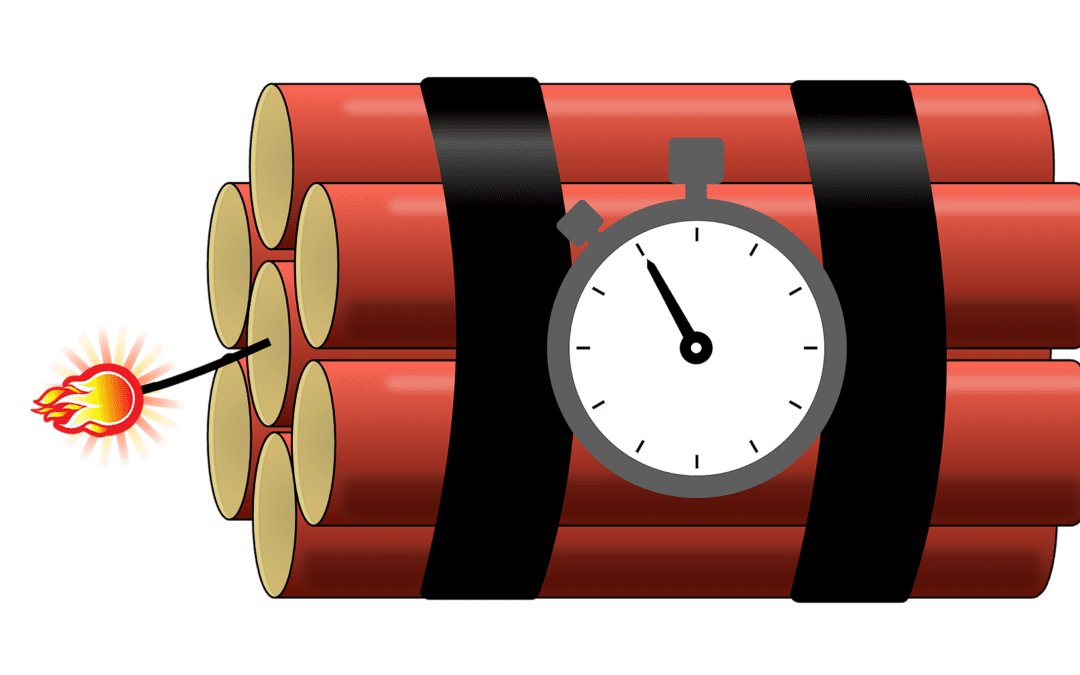I’m about to start a third outing for my online playwriting course hosted by Forest Forge Theatre Company.
It takes a group of writers through a rapid-write set of exercises across four weeks, covering the key principles of constructing a play from scratch, and then finishes with Zoom script-in-hand performances from the brilliant associate artist actors from Forest Forge.
What’s astonished me about the nearly 30 plays that have been written and read so far, especially in comparison to their length, is the sheer variety of stories, structures, styles, worlds, ideas and characters we’ve encountered.
We’ve had plays with a unity of space and time, with cyclical structures, fragmented and dissociative worlds, multiple performers playing single characters, locations including deep-sea diving pods and remote arctic science labs, heightened and poetic language, and characters as diverse as sub-conscious voices, artificial intelligence, musical instruments and pensioner assassins.
If you’ve never tried writing a 5-minute play before, you’ll find it’s a beautifully compact form that requires strong dramaturgical choices – but it can also contain the lightest and deftest of tales and moments next to the most innovative of choices in form and style.
With so little time, it’s key that some of the core choices of our story craft – location, action, image, time and space, character, stakes, pressure and potential for change, when we’re joining the bigger story – can do as much work as possible for the audience, creating a sense of immediate momentum and intrigue.
But those choices also have to do two very different things:
- Communicate necessary context to the audience to locate them as quickly as possible in the scenario
- Communicate as little as possible exposition to keep the audience asking as many questions as possible
You might notice that in the list above, dialogue doesn’t feature.
There’s a huge temptation – perhaps even more-so with the pressure of a 5-minute play – to write in the information through the dialogue in case the audience doesn’t get it quickly enough.
So we counter this by thinking about the context of an image first – what can be communicated, what connections we can suggest, what intrigues we can lay out: but also what limitations and specificities might simultaneously arise to hook the audience in.
For example – the opening scene of a play is two characters in a pub having a pint. The first thing that happens is one says to the other ‘You’re a cheat. And a fraud. I can’t stand this.’
Not such a bad opening line. I have questions. I also know where I’m at. It’s okay.
The alternative image-led opening scene is that they sit there in silence, picking at crisps, not knowing how to start the conversation – the tension becomes palpable as in silence one offers crisps, the other refuses, one tries to make eye contact, the other assiduously avoids it, and then one of the characters just picks up the pint of beer and pours it over the other.
Often a lack of dialogue can be much more engaging for an audience because it creates a ‘charged space’ – a moment full of possibility and electricity and connection full of ‘why’ questions.
Why did he do that? Who are these people to one another? What’s happened between them? I immediately want to follow the story because I don’t know things – not because I do.
For 5-minute plays we think hard about the specificity of our choices and the work that they’re doing, often before any dialogue is written. How can we charge the space with potential, possibility, even predictability – but then drip-feed, tease, rope in and ultimately surprise our audiences?
This discipline of specificity is what creates these ‘dramaturgical depth charges’ – choices that load and charge the space of the action with tension, excitement and possibility.
When I read the opening stage direction of the play about a scientist alone on a deep-sea exploration pod, spoken to only by a disembodied radio voice, I couldn’t help but read on. I was dropped right into the moment, specifically placed but hugely intrigued by possibility.
This is why the 5-minute play is such a great place to first encounter playwriting. You can mine a moment, go deep, really get under the skin of what’s happening – and the really fun part is that you can explore and experiment but keep it under control because the timeframe allows it.
Try and apply it to your own short plays, or even your longer ones – where are your depth charges?
